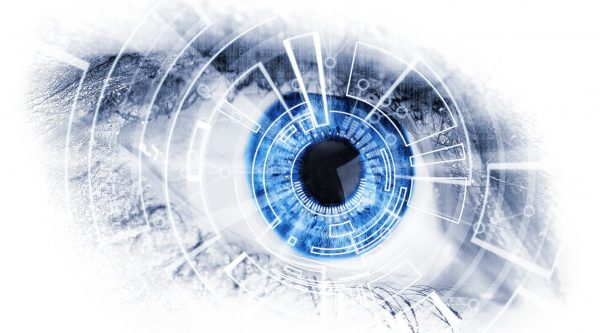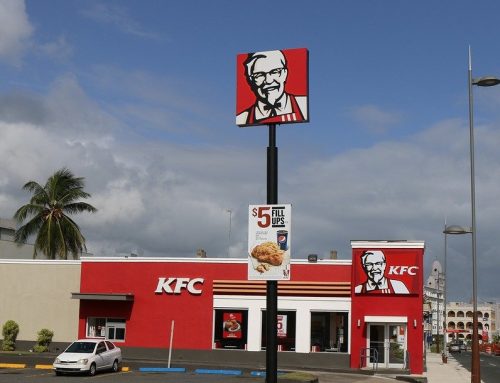Welche Vor- und Nachteile Path Tracing und REYES bieten.
In der Praxis stellt sich häufig die Frage nach der richtigen Rendering–Engine. In diesem Beitrag möchten wir die Vor- und Nachteile der beiden Optionen Path Tracing und REYES diskutieren. Sie sollten beachten, dass die Verwendung von REYES die Verwendung von Raytracing nicht ausschließt, das weiterhin auf REYES für alle sekundären Rays verwendet wird.

Hier finden Sie eine kurze Erläuterung der Vor- und Nachteile der einzelnen Optionen.
Path Tracing
Vorteile:
- Effizientes Rendern von dicht mosaikartigen Geometrien und dichten Szenen (Wälder, Menschenmengen etc.)
- Massives Instancing ermöglicht ein speichereffizientes Rendern von Bäumen/Crowds und anderen redundanten Szenenelementen.
- Das Shading ist in der Regel „schärfer“, da die Schattierung bei jedem Teil-Sample durchgeführt wird (und nicht pro Pixel wie in REYES). Obwohl es möglich ist, mit REYES durch eine Erhöhung der Shading Rate ein ähnliches Ergebnis zu erzielen, wird dies in der Regel vermieden, da es die Performance beeinträchtigt. Ein Beispiel für diesen Schärfevorteil ist die qualitativ hochwertigere Konturierung.
- Skaliert besser als REYES mit einer erhöhten Anzahl von Kernen.
- Unterstützt Multi-Light-Output.
- Unterstützt geometrische Kameraprojektionen.
Nachteile:
- Langsamer mit Displacements.
- Sie benötigen weitere Samples, um eine flüssige (rauschfreie) Bewegungsunschärfe und Tiefenschärfe zu erzielen. Dies geschieht, weil es eigentlich präziser ist als REYES und es gibt mehr Details im Bewegungsunschärfe-Effekt, aber das verursacht auch mehr Rauschen.
- Das Erhöhen von Pixel Samples (zur Reduzierung von Aliasing und Rauschen) hat einen direkten Einfluss auf die Leistung (hat jedoch keinen Einfluss auf die Abtastung der indirekten Beleuchtung).
REYES
Vorteile:
- Extrem effiziente Wiedergabe von gekrümmten Oberflächen mittlerer bis großer Größe – Oberflächen, die mehr als nur wenige Pixel im Bild umfassen.
- Hochwertige Bewegungsunschärfe und Tiefenschärfe sind extrem schnell. Der Grund dafür ist, dass die Verschattungsberechnung von der Ausblendberechnung entkoppelt ist.
- Displacements werden zu geringeren Kosten als bei deim Path Tracing (Mikropolygone) durchgeführt.
- Effizientes Rendering von Flüssigkeiten durch Under-Sampling des Screen Space.
- Effizientes Rendern von Millionen von Partikeln.
- Performance nahezu unabhängig vom Oversampling (Pixel-Samples). Dies macht es einfach (und schnell), Bilder ohne Rauschen und ohne Aliasing zu rendern.
- Effizienter als Path Tracing bei gleichzeitigem Multi-Camera Rendering (wie im Fall von 3D-Stereo-Rendering).
- Möglichkeit der effizienten Verteilung der Darstellung eines einzelnen Bildes auf mehreren Maschinen.
Nachteile:
- Leistungseinbußen bei der Darstellung von dicht mosaikartigen Geometrien (d.h. Objekten mit einer Dichte von Hunderten oder Tausenden von Flächen, die nur wenige Pixel abdecken).
- Nicht geeignet für die Darstellung von Szenen mit hoher „Pixelkomplexität“ (z.B. aus der Ferne gesehene Menge).
- Das Motion Blur Shading ist eine Approximation. So wird beispielsweise bei einem rotierenden Rad der spiegelnde Glanz zusammen mit anderen Details auf dem Rad verschwimmen, während der Glanz scharf bleiben sollte.
- Nimmt mehr Speicherplatz in Anspruch, wenn er neben der Raytracing-Funktion (z.B. für GI) verwendet wird. Dies geschieht, weil sowohl das Raytracing als auch die REYES-Datenstrukturen gepflegt werden müssen.
Vielen Dank für ihren Besuch.


